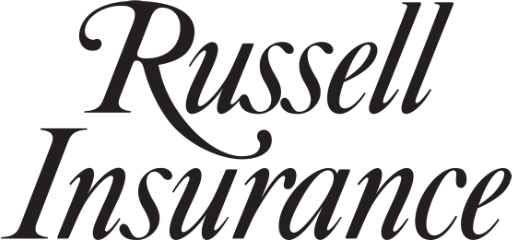First things first — make sure you're safe. Here are a few things to do after that (you may want to print out a copy of this checklist and store it in your glove compartment, just in case):
- Check on yourself and your passengers (take note of any injuries and the severity).
- Call 911 and follow their instructions.
- Abide by all posted signs (for example, if you notice any accident investigation sites nearby, ask 911 operators if you should go there).
- Watch for oncoming traffic when you exit your vehicle
- If you have safety flares or cones, place them around the accident site (if it is safe to do so). This is especially important at night or when there’s limited visibility.
- If you don’t have safety flares or cones, consider adding them to your car’s emergency kit.
- Take photos of the accident area (including all vehicles involved).
- Take photos of the damage to your car and the other cars involved, including the license plates (turn on your time/date stamp options in your phone settings, if applicable).
- Do not admit fault (even if you think it might be your fault).
- File a police report and note the case number (ask for a copy, too).
- Stick to the facts with the police and with all insurance personnel. Don’t volunteer extra information or opinions.
- Remember that an out-of-state accident might affect your insurance coverage (if it’s an at-fault versus no-fault state, for example).
- Depending on the accident, consider consulting a lawyer specializing in auto claims.
Once the incident is safely under control, call in the claim, which will establish the date of record.
Be prepared to explain the facts and have as many pictures to document the incident as possible. You’ll want to know:
- The make and model of the covered vehicle involved
- Who was driving
- The location and date/time of the accident
- The weather at the date/time of the accident (bright sun, hail, fog, etc.)
- A description of what happened and the severity of the damage
- The names and insurance information of all drivers involved
- The names and contact information of everyone involved, including witnesses
If you have a dashcam, this information can help determine who's at fault (many dashcams automatically upload footage to your cloud account when you set up the system).
Again, we hope you never need this checklist, but it's important information to have just in case. And remember: We're always here to help if you have any questions or need additional information.

